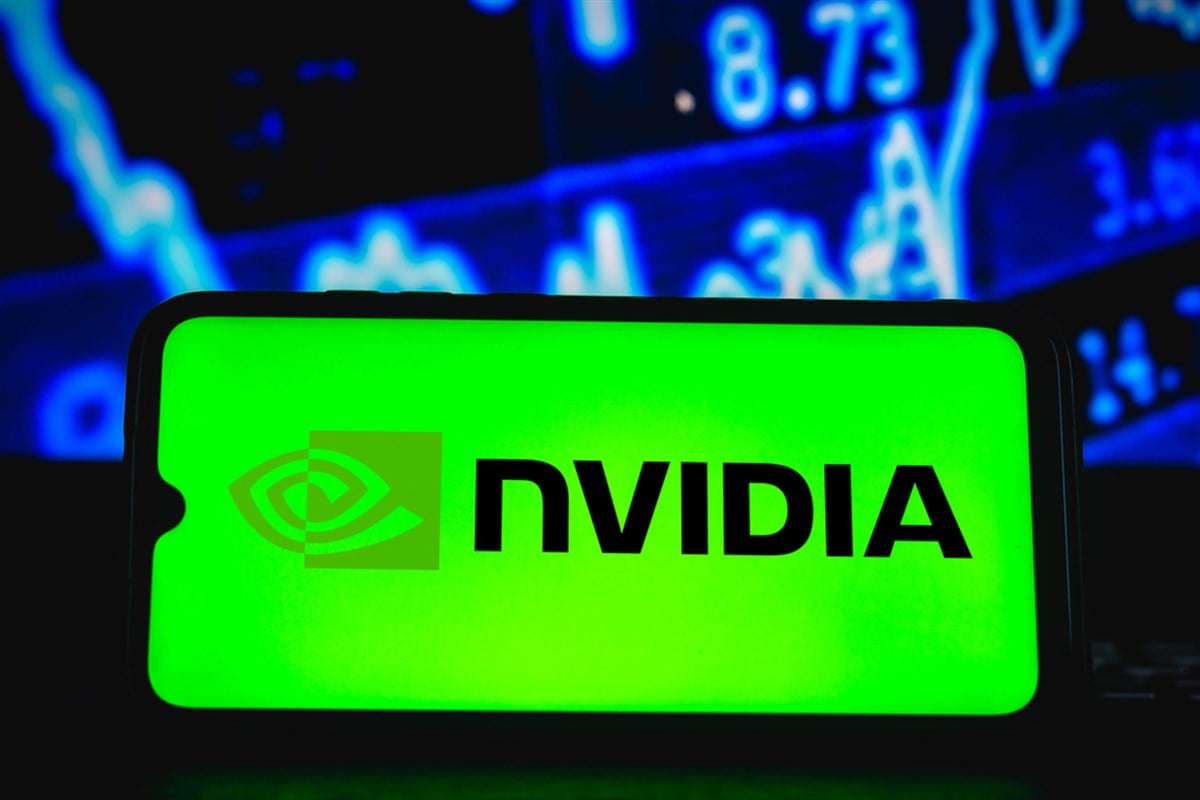
When it comes to the advanced graphical processing units (GPUs) that are powering the AI revolution in data centers, there really are only two games in town: NVIDIA (NASDAQ: NVDA) and Advanced Micro Devices (NASDAQ: AMD). Both make GPUs used to do the complex computational work required for AI and machine learning.
However, so far, NVIDIA has been sitting up on the hill looking down at everyone else. However, the question is whether that will always be the case or if AMD could really challenge NVIDIA for data center GPU supremacy.
How AMD Is Trying to Steal NVIDIA’s Thunder
NVIDIA controls between 88% and 98% of the data center GPU market, while AMD accounts for most of the rest. That’s an unbelievably large market share, and one that may be unsustainable over the coming years.
One reason that NVIDIA has been able to acquire such a large percentage of this market is due to its “systems approach” that it uses to sell these devices. NVIDIA sells not only its GPUs when helping build data centers, but also networking hardware, server racks, and software. A one-stop shop, with all items together, boosts reliability, ensuring the products work well together. Additionally, the software allows the hardware to process data faster.
Lastly, when designing the systems, keeping a known set of components in mind instead of allowing different pieces to be swapped in and out enables greater control over the building process. The systems can be more precisely designed, increasing overall efficiency.
AMD recently made a big move to compete with NVIDIA on this front with its $5 billion acquisition of ZT Systems. The company makes custom servers and server racks. AMD will integrate these into its GPU sales to provide a more cohesive product.
It also adds around 1,000 design engineers to AMD, talent they will need if they hope to stop living in NVIDIA’s shadow. However, the transaction will not fully close until 2025, and AMD has yet to develop or acquire software that rivals NVIDIA’s.
It's Not Exactly Just a Two-Horse Race
AMD has to compete with more than just NVIDIA. Application-specific integrated circuits (ASICs) are another type of chip used for AI computing, like NVIDIA and AMD's GPUs. They’re made by companies like Broadcom (NASDAQ: AVGO) and Marvell (NASDAQ: MRVL). ASICs do certain tasks extremely well, whereas GPUs can do many more tasks but less efficiently.
The design of these products specifically caters to a particular customer, resulting in high upfront costs. However, they also use energy more efficiently than a GPU. This efficiency is a massive advantage as electricity is a big cost component in data centers. Once designed, the cost per amount of processing power is less than a GPU.
When it comes to the overall market for AI computing, companies like Broadcom and Marvell also have a significant market share, not just GPUs. Bank of America’s semiconductor analyst Vivek Arya says it's about 75% NVIDIA GPUs and 15% ASIC companies, and AMD is really fighting over that last 10%.
AMD's Chips Keep Them Competitive, but “Threat” Is a Strong Word
One area where there is some debate is whether AMD or NVIDIA’s data center chips offer better performance. Overall, the two are going back and forth on which GPU is most advanced. According to The Next Platform, AMD's Instinct MI300 is currently the world’s most powerful chip.
However, analysts expect NVIDIA’s upcoming Blackwell chips to reclaim that top spot. However, rumors have surfaced that design flaws in the Blackwell chips may cause delivery delays. Additionally, NVIDIA’s most advanced chip, the B200, faces backlogs.
Competition is always going to exist in the market for most products and services. Based on NVIDIA’s current dominance in market share and its still superior overall value proposition over AMD, I don’t see AMD as a true threat to NVIDIA.
This dominance is further demonstrated by NVIDIA’s data center revenue grew by 154% last quarter versus 115% for AMD. This is despite NVIDIA’s total data center revenue being nearly 10 times larger than AMD's.
However, given that the market is expected to continue growing rapidly, AMD doesn’t need to be number one to be successful. Backlogs in NVIDIA’s chips and potential delays for future chips show that demand outstrips supply. This shows the need for another player in this market, like AMD.














